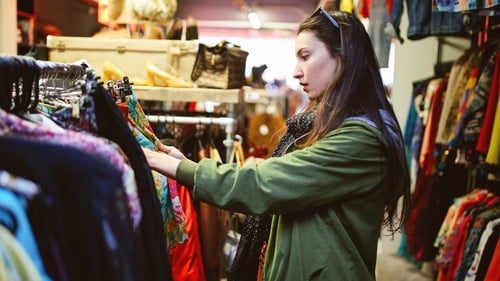In a world increasingly conscious of environmental issues, being a trendsetter means leading the way with sustainable clothing choices. The fashion industry has a significant impact on the planet, from resource depletion to pollution and waste generation. However, by making informed decisions and embracing sustainable alternatives, we can redefine the fashion landscape and create a positive impact. Sustainable clothing goes beyond being a mere trend; it represents a conscious commitment to protect the environment, support ethical practices, and prioritize the well-being of both people and the planet. Choosing sustainable clothing starts with understanding the lifecycle of garments and the environmental implications of different materials. Opting for organic and natural fibers, such as organic cotton, hemp, or linen, reduces the use of harmful chemicals, pesticides, and water consumption associated with conventional cotton production. These fibers are biodegradable and have a lower carbon footprint, contributing to a more circular and regenerative fashion system.

Embracing second-hand and vintage clothing is another powerful way to lead the way in sustainable fashion. Thrifting and swapping clothes not only give new life to pre-loved items but also extend their lifecycle, reducing the demand for new production. It enables us to explore unique styles, express individuality, and contribute to a circular economy. Furthermore, supporting local artisans and designers who prioritize sustainable practices and fair trade principles ensures that fashion choices align with ethical values, promoting social and economic justice within the industry. Technology and innovation play a crucial role in shaping sustainable clothing choices. As advancements continue, alternative materials such as recycled polyester, Tencel, or Piñatex made from pineapple fibers are gaining popularity, offering eco-friendly alternatives to traditional fabrics. Furthermore, innovative manufacturing processes, such as waterless dyeing techniques or 3D printing, reduce resource consumption and waste generation. These advancements enable us to make conscious choices without compromising style or quality, proving that sustainability and fashion can go hand in hand.
Finally, leading the way with sustainable clothing choices involves raising awareness and inspiring others to join the movement. By sharing knowledge about sustainable fashion, advocating for transparency in supply chains, and supporting brands with strong sustainability commitments, we can influence the industry towards positive change SHADY.CLUB by SHADE. Engaging in conversations, organizing events, and utilizing social media platforms to promote sustainable fashion helps to amplify the message and encourage widespread adoption of responsible practices. In conclusion, being a trendsetter in the realm of fashion means taking the lead in making sustainable clothing choices. By embracing organic and natural fibers, exploring second-hand options, supporting local artisans, and staying informed about innovative materials and manufacturing processes, we can redefine the fashion landscape. Through our choices, we can mitigate the environmental impact of the fashion industry, promote ethical practices, and inspire others to join the movement. It is through collective action that we can pave the way for a fashion industry that values sustainability.


